An “ekranoplan” (literally “screen plane”) is a vehicle resembling an aircraft, but operating solely on the principle of ground effect. Ground effect vehicles (GEV) fly above any flat surface usually over the sea.
These crafts were originally developed by the Soviet Union as very high-speed military transports and were mostly based on the shores of the Caspian Sea and the Black Sea.

The KM (Korabl Maket literally “Ship-prototype”) was over 100 m long, weighed 540 tonnes fully loaded, and could travel at speeds over 400 km/h just meters above the surface of the water.

The secret Soviet KM project was discovered by the US in 1967, when photos taken from spy satellites showed the KM taxiing during testing near Kaspiysk. The strange “airplane” puzzled intelligence agencies, noting the small stubby wings despite its large size, as well as the KM and flag of the Soviet Navy on its fuselage. The CIA branded the aircraft the “Kaspian Monster” after the KM markings, later becoming known as the “Caspian Sea Monster”
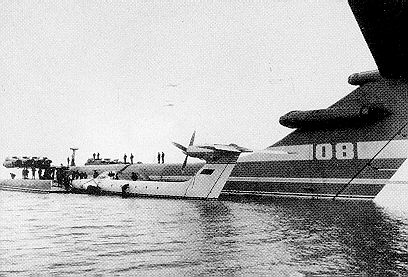
It was tested at the Caspian Sea for 15 years until 1980 when it was destroyed following a crash caused by pilot error. The KM remained the largest aircraft in the world during the entirety of its existence and was not surpassed until the Antonov An-225.
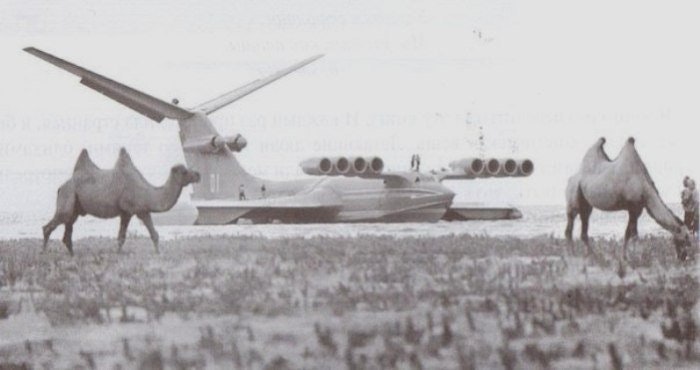
About 120 ekranoplans (A-90 Orlyonok class) were initially planned to enter military service in the Soviet Navy. The number was later reduced to less than 30 vehicles, planned to be deployed mainly for the Black and the Baltic fleets.
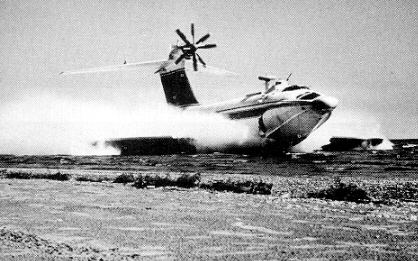
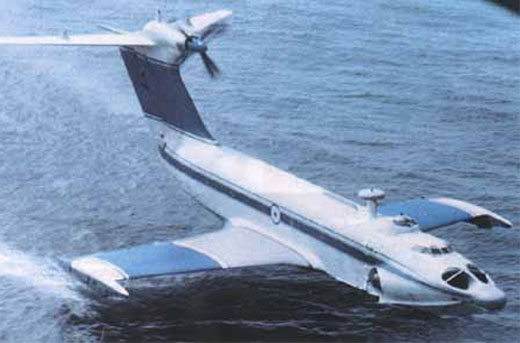
Only five A-90 Orlyonok class ekranoplans were built:
- Non-flying unit for static testing, scrapped
- S-23 flying unit, crashed in 1975
- S-21 rebuilt “S-23”, completed in 1978, lost during an accident in 1992
- S-25 completed in 1979
- S-26 completed in 1980

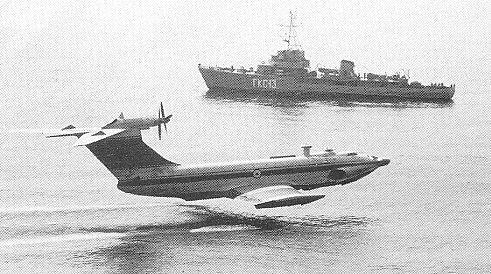
After extensive research, including the development of the small prototype Be-1 wing in ground effect aircraft, the first VVA-14 prototype was completed in 1972. The inflatable pontoons were later replaced by rigid pontoons, while the fuselage was lengthened and the starting engines added. This incarnation was given the designation 14M1P. Only two prototypes were built.

Lun-class at Kaspiysk photographed with a KH-8 reconnaissance satellite in 1984.
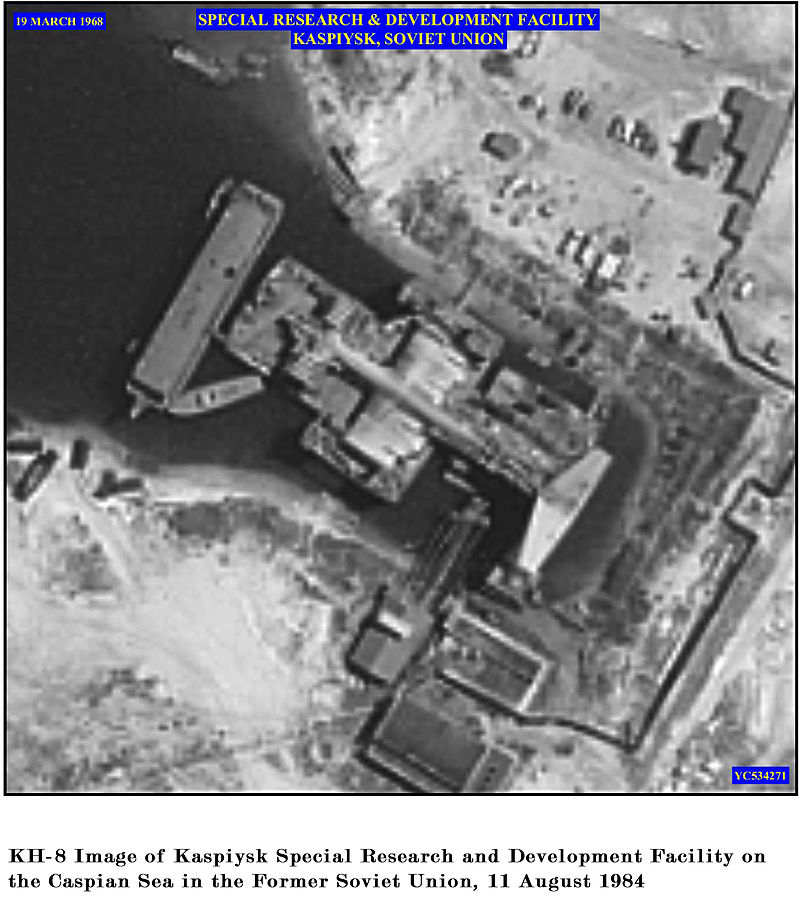
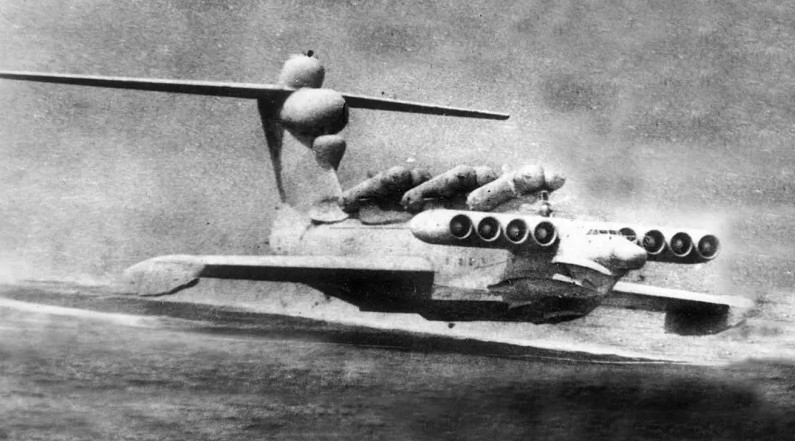
The only model of this class ever built, the MD-160, entered service with the Black Sea Fleet in 1987. Its sole purpose was destroying aircraft carriers



